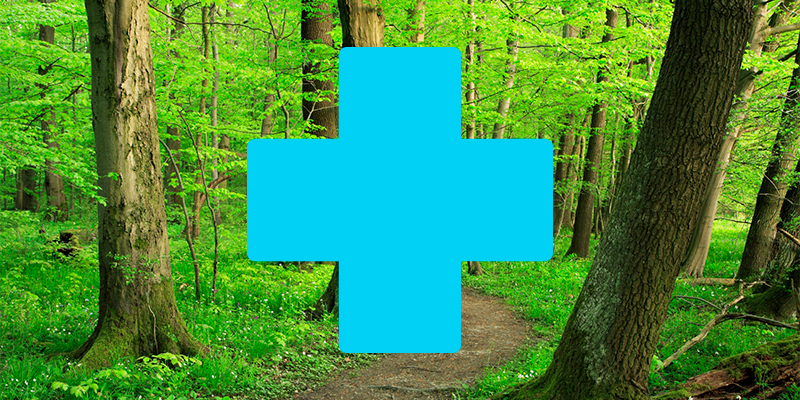Professional Practice
Children: Autism Spectrum Disorders

According to the Autism Society, Autism Spectrum Disorders (ASD) are the fastest growing developmental disorder, with a 1,148 percent increase from 1987 to 2007. ASD occurs in 1 in 88 births and is 1 percent of children ages 3-17. The annual cost of the 1 – 1.5 million Americans living with ASD is estimated at $60 billion. The Autism Society estimates that the cost of life long care can be reduced by two-thirds with early diagnosis and intervention.
How Nature Helps
Providing autistic children with play areas that take into account their unique perceptions and sensory issues allows them to gain the benefits of outdoor play while easing some of their symptoms.
Autistic children who spend time in natural environments have been found to have increased attention span, reduced response times, and improved behavioral temperament. One study in the Journal of Autism Development Disorders, found that specially designed playgrounds with a mix of spaces that provide opportunity for physical challenge, structured and imaginative play, and solitary observation can help facilitate positive peer interactions in autistic children.
Research
Explore More Resources:

"Outdoor Environments for Children with Special Needs," Implications, 2010
“An Architecture For Autism: Concepts Of Design Intervention For The Autistic User,”
International Journal of Architectural Research, 2008
“Designing A Playground For Children With Autistic Spectrum Disorders: Effects On Playful Peer Interactions,” Journal of Autism Development Disorders, 2007
Resources
"Changing Lives: Body Surfing with Autism," The Cleanest Line
"Design Guidelines of a Therapeutic Garden for Autistic Children," Louisiana State University
Organizations
Natural Play Therapy
Sequential Outdoor Learning
Role of the Landscape Architect
Landscape architects can work with individual families to design residential spaces that work for their child’s specific needs, as well as allowing them to be integrated in recreational play with their entire family. As Brian Johnston, ASLA, states, the common saying about ASD, “if you’ve met one child with autism, you’ve met one child with autism." As such, gardens designed for children with ASD may be as varied as the different children they are being designed for. But there are common guidelines – for instance, parks that allow for physically engaging play and that also provide small, safe spaces which act as chances for the child to “re-center.”
Case Studies
Julius Kahn Playground, San Francisco, California, Carducci & Associates
Woodland Discovery Playground, Memphis, Tennessee James Corner Field Operations + local children
<< ADD/ADHD
Cognition >>